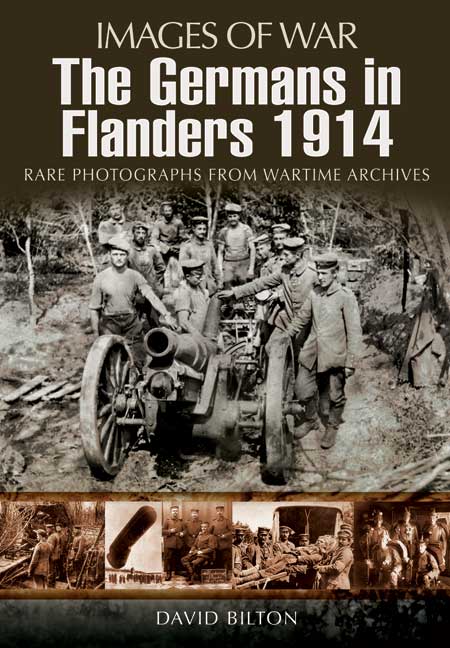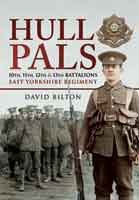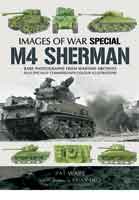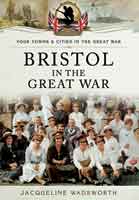The Germans in Flanders 1914 (Paperback)
Imprint: Pen & Sword Military
Series: Images of War
Pages: 176
ISBN: 9781848844452
Published: 30th January 2012
(click here for international delivery rates)
Order within the next 11 hours, 20 minutes to get your order processed the next working day!
Need a currency converter? Check XE.com for live rates
| Other formats available | Price |
|---|---|
| The Germans in Flanders 1914 ePub (37.5 MB) Add to Basket | £6.99 |
THE GERMANS IN FLANDERS 1914, the latest of historian David Bilton's works in the popular Images of War series, follows the presence and campaigns of the Kaiser's Army in Flanders during the traumatic period from its arrival in August 1914 through to the end of the year. It covers the battles with the French, Belgians and British, concentrating primarily on the latter, and particularly 1st Ypres. Many of the German divisions involved in this battle were formed of reservists and, in many cases, untrained student volunteers. Their high casualty rate gave rise to the inter-war myth of the 'Slaughter of Innocents'.
Each phase and aspect of the period is described from the German point of view in photographs, captions and text from German and British primary and secondary sources. Using many images that have never been published before, activities at the front are complemented by life in the German rear areas and on the home front. Just how much the war changed the towns and villages also becomes clear. The book helpfully contains a chronology of events and a section on the German divisions that fought there. Further volumes by the same author covering campaigns during the rest of The Great War will follow.
David Bilton's book is the highly commendable first in a series projected to cover the entire Great War. It leans firmly, and securely, on German sources...to reveal the conflict with the British, Belgians and the French in 1914. Authorship is clear and incisive and few, if any, of the pictures will have been seen before by many readers. Recommended.
The Western Front Association Stand To! No. 95
Another in the superb series of 'rare photographs from wartime archives', this time covering the Germans in Flanders at the start of the war as they fought the French, Belgians and British. Each phase and aspect is described from the German perspective. Using many images previously unpublished, the activities at the Front are complemented by images of life in the rear and on the home front. A well written account runs throughout and contains a chronology of events and information on the German Divisions engaged. It is our understanding that this is the first volume in a planned series of three. A very popular series. 10/10.
Great War Magazine
While there's little in the way of military vehicle content apart from the odd few photographs of various softskin vehicles (remember the tank hadn't been invented by then!), it's still a fascinating account of that period of the Great War, with lots of images packed between the covers showing various aspects of military life for the German soldier at the time. In addition to the comprehensive written history that is profusely illustrated by the accompanying photos there are a number of maps and an extensive chronology of events in Flanders 1914 that offers the reader a day-by-day account of the action in Belgium. There's also a comprehensive listing of the histories of the many different German units involved at Flanders, all of which builds into a comprehensive account. While there isn't much to specifically satisfy the military vehicle enthusiast, it is nonetheless a superb account of an important WW1 action.
Military Machines
About David Bilton
David Bilton is a retired teacher who spends his time looking after his family, working as a university lecturer and researching the Great War; an interest ignited by his paternal grandfather’s refusal to talk about his experiences at Gallipoli and on the Western Front. He is a prolific author whose books includes works on the British and German Army, the Home Front and Great War badges; this is volume three of the badges of the British Army in the Great War. Since he started writing he has contributed to television and radio programmes, appeared on Country File and Look North, and given talks on his work.


























